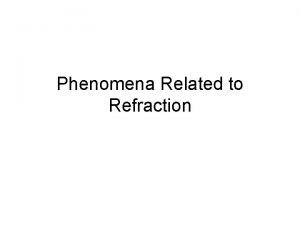Studies on the Phenomena of Proliferation and Related


- Slides: 2


Studies on the Phenomena of Proliferation and Related Protein degradation by Porphyromonas gingivalis in Human Gingival Fibroblast n Porphyromonas gingivalis (P. gingivalis) is an major oral pathogen of periodontal disease, which can causes a chronic inflammatory disease. Recent studies indicate that P. gingivalis can promotes anti-apoptosis gene and protein expression in the host cell. The phenomenon induced by P. gingivalis is very different from the other pathogens Actinobacillus actinomycetemcomitans. In this study, we infected Human gingival fibroblast (HGF) with P. gingivalis to observe the macrocosm of proliferation and the microcosm of molecular change. Our results demonstrate that P. gingivalis enhanced the proliferation of HGF, and infected cell will entered into cell cycle faster in the early phases. The triggering of the signal pathways in P. gingivalis-infected HGF was demonstrated with rapid phosphorylation of I�B�, followed by nuclear translocation of p 65. In addition, NF-�B induced enhanced expression of AKT, cyclin D 1 and CDK 2. In the other side, in the early stage of infection, since P. gingivalis could adhere to cell surface, cyclin D 1, cyclin D 3, cyclin A, cyclin E, p 53, p 27, CDK 1, CDK and AKT would be degraded, and the phenomenon was regulated by P. gingivalis invasion. But, P. gingivalis invasion which inhibited by cytochalasin D or heat-killed, the regulation of those protein will be delayed. The influence of P. gingivalis in the long term, we found p 53, p 27 which were degraded in the early phases would be degraded again at fourth day. To expect, the relationships and mechanisms through which infection and inflammation increase cancer risk and promoter tumor development could be found by the influence of P. gingivalis in HGF in the long stage.


